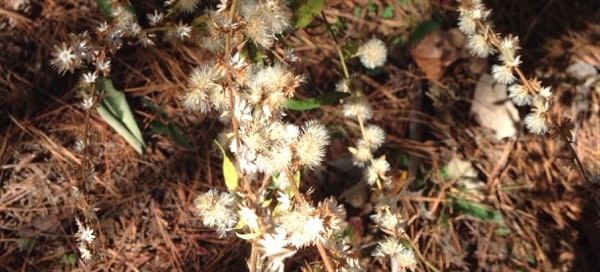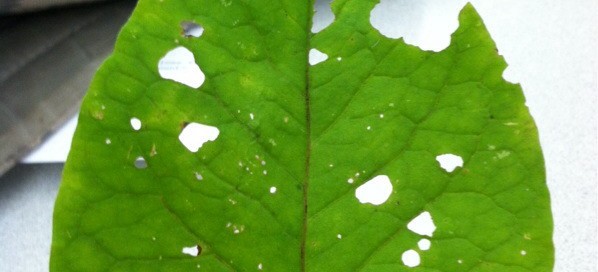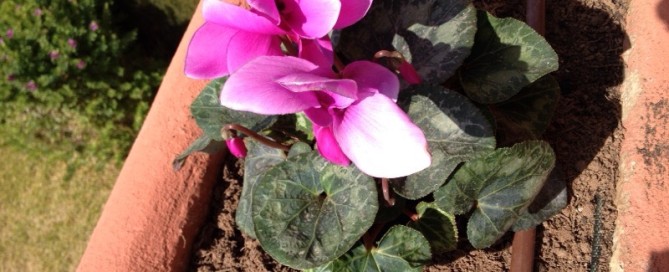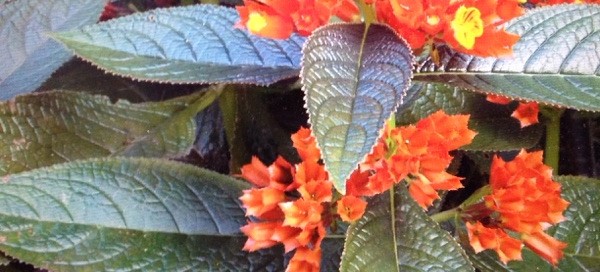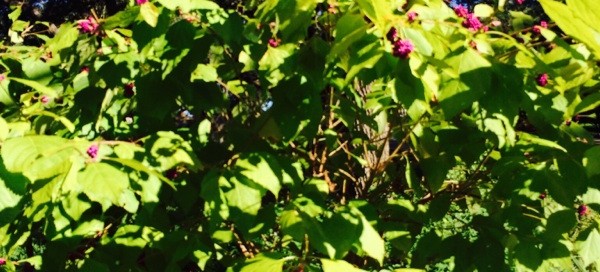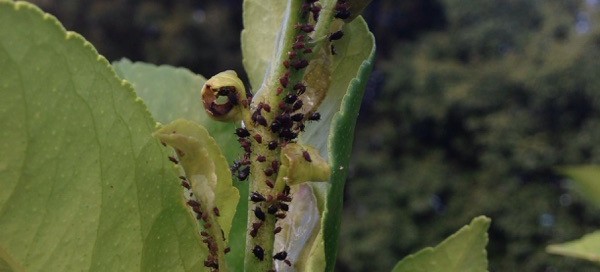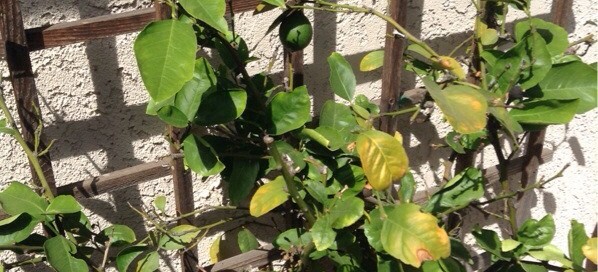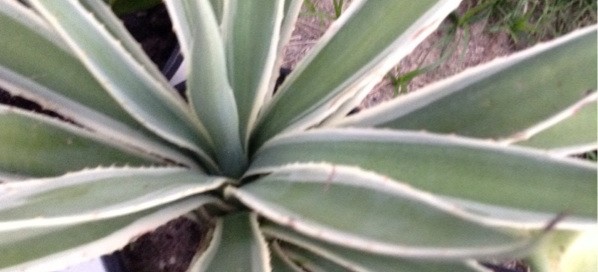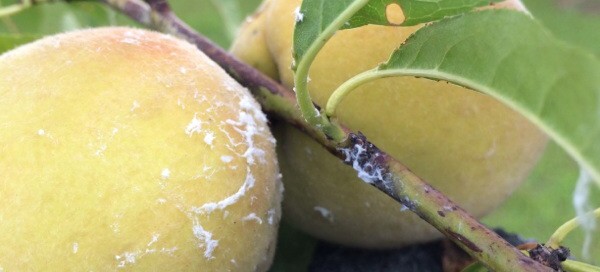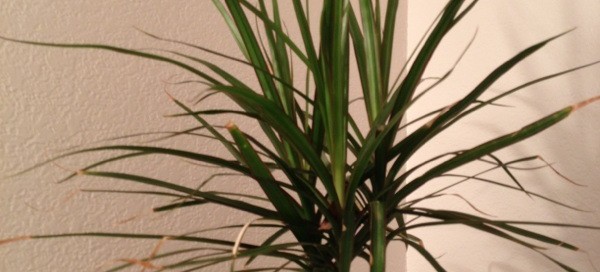Frost Aster
This appears to be Frost Aster, a gorgeous natural aster found in prairies and woodlands in the region. Frost aster is an easy plant to grow, so easy that it is often considered a little "weedy". It's a great plant to grow if you have a lot of room and don't mind a lot of volunteer seedlings popping up. Frost aster needs full sun to partial shade. Because of its "weedy" nature it is great at colonizing disturbed and "waste places". It protects soil from erosion and provides food for wildlife where more sensitive plants cannot yet grow. It is called frost aster because it continues blooming late into the fall, unfazed by frosty nights. Because of its late blooms it is extremely valuable to pollen and nectar eating insects which don't have as many food options in the late fall.
